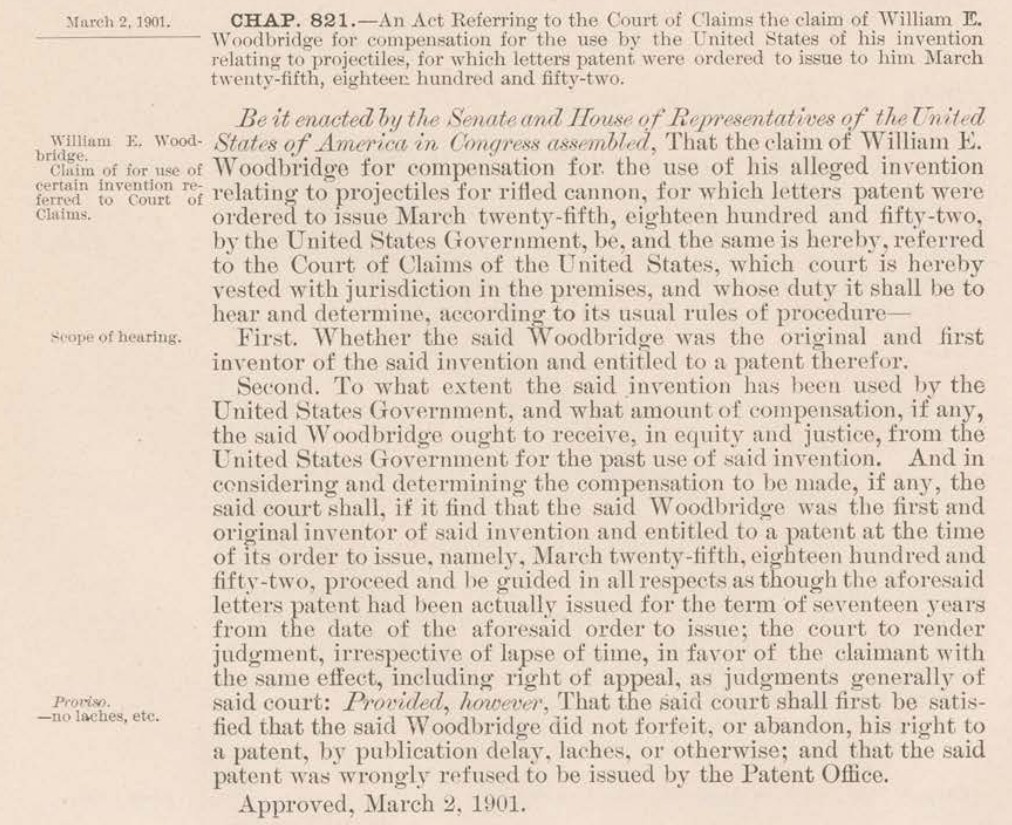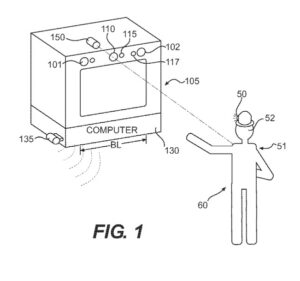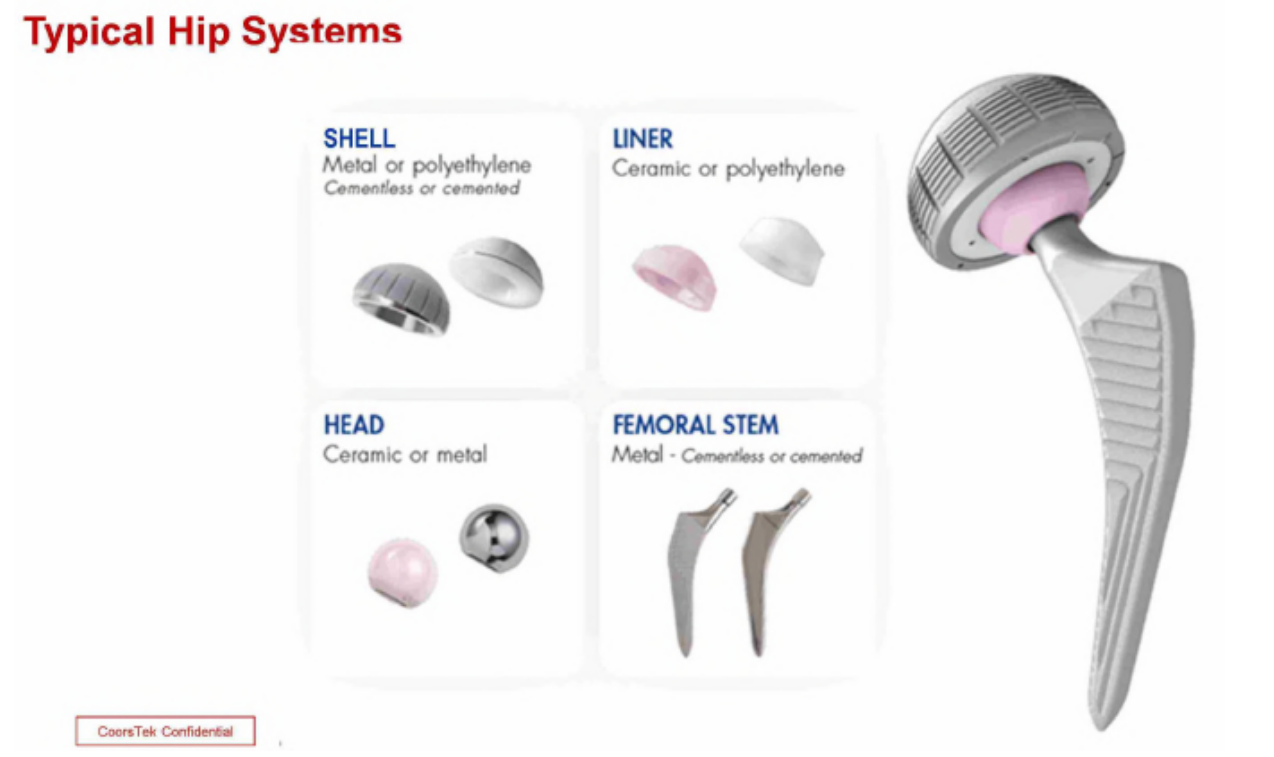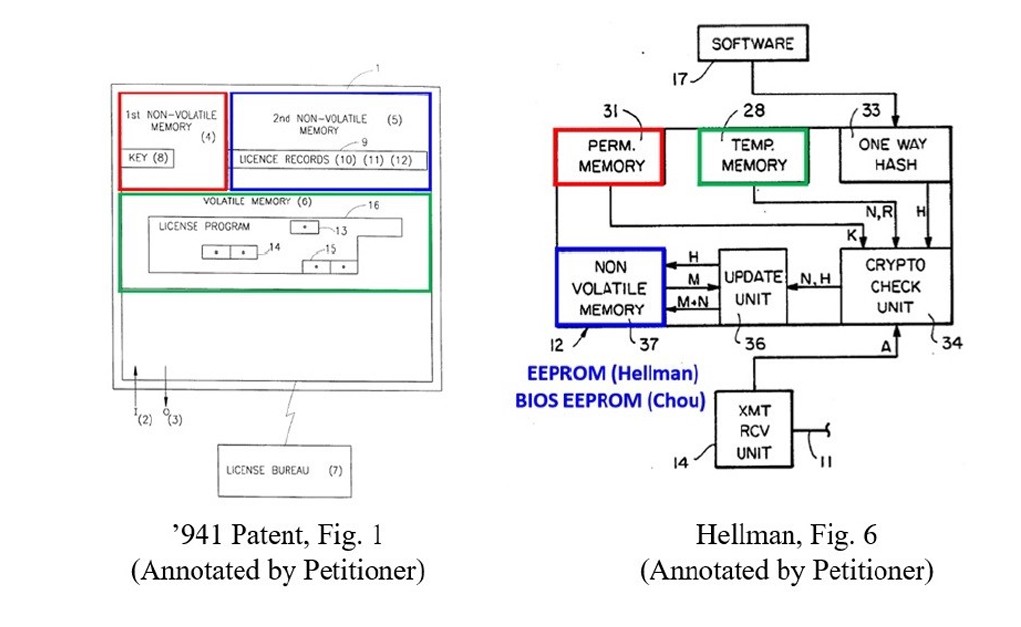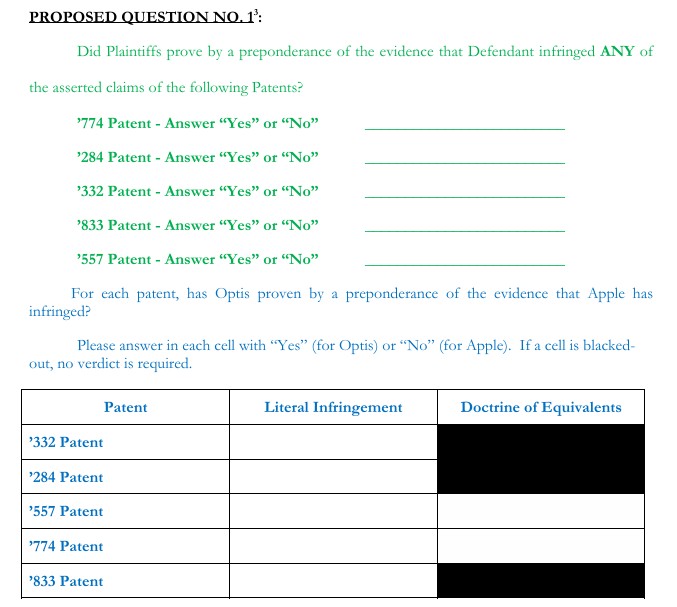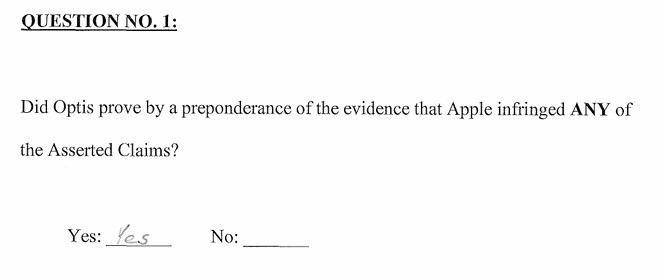by Dennis Crouch
The pending Radian Memory case could fundamentally reshape patent litigation. This is a follow-on article about the preliminary injunction motion in Radian Memory v. Samsung pending before Judge Gilstrap in the Eastern District of Texas. The patentee-plaintiff is a non-practicing entity -- but still argues that it has a right to injunctive relief based upon traditional equitable principles, even under the requirements of eBay. In June, the DOJ and USPTO filed a statement of interest in the case supporting the availability of injunctive relief as pro-competitive. Both sides have now provided additional arguments with a July 16 evidentiary hearing scheduled. Radian particularly argues that the recent Supreme Court cases of Trump v. CASA, Inc., 24A884, 602 U.S. ___ (June 27, 2025) and Mahmoud v. Taylor, 24-297, 602 U.S. ___ (June 27, 2025), reaffirm that the key source of law should be founding-era equity practices. The key sticking point for NPE injunctive relief is irreparable harm -- and Radian's point is that the founding era cases are clear that ongoing infringement of a property right inherently causes irreparable harm.
- See, Dennis Crouch, U.S. Government: NPEs Deserve Injunctive Relief when their Patents Are Infringed, Patently-O (June 26, 2025).
- RADIAN'S RESPONSE TO THE UNITED STATES’ STATEMENT OF INTEREST
- RADIAN's NOTICE OF SUPPLEMENTAL AUTHORITY
- SAMSUNG’S RESPONSE TO THE UNITED STATES’ STATEMENT OF INTEREST
Radian’s argument has some legs -- and would be a major transformation if successful. Almost certainly, the “principles of equity” in 35 U.S.C. § 283 incorporate the historical practices of English Chancery and the Founding era. Although eBay has been read as eliminating any presumption of irreparable harm due to ongoing infringement, that result is only implied by the case. eBay itself made historical errors that make it difficult to know whether the court intended to apply a straight historical analysis, or one that is more fictionalized.
To continue reading, become a Patently-O member. Already a member? Simply log in to access the full post.


